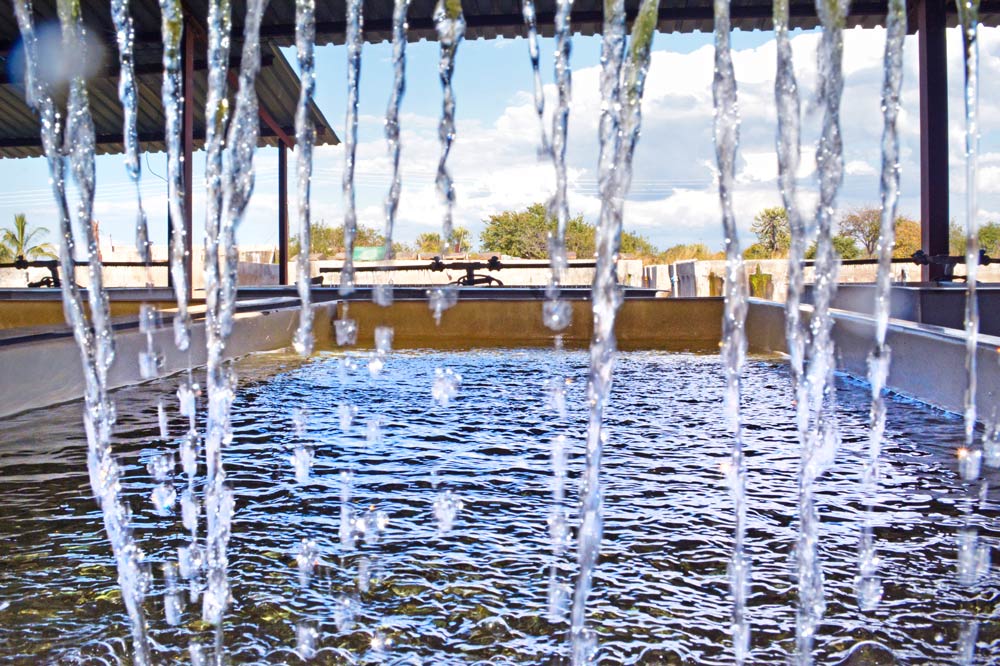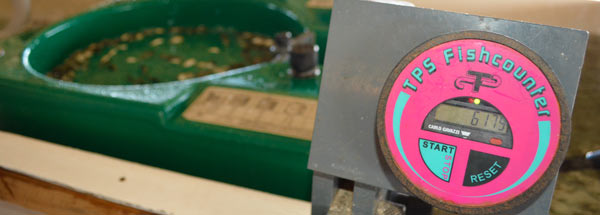Our Tanganyika Tilapia is a premium quality fish that is grown in the pristine waters of Lake Tanganyika in Nsumbu.
The farm is located in an area that is far from any large-scale developments and infrastructure, thereby maintaining the water quality and reducing the chances of contact with pollution that would otherwise occur in an area of high population density and industry.
Our pens are anchored in 30m deep water in a current that ensures we always have a good flow of clean, pristine water for our fish, we strive to give our fish the best conditions possible to ensure that OUR efforts to grow Tanganyika Tilapia become YOUR best tasting, healthy,organic fish.
All our fish food is produced to the highest standards and we support our local industry by buying the bulk of our fish feed requirements from local companies. We ensure that the small quantity of specialized feeds we import are from a SADC registered company and that their inputs are of the highest quality and best sources. This ensures that we can safely say that we feed our fish only the best possible quality fish food sourced from reliable suppliers.
Our Tanganyika Tilapia are grown from egg and fry right through the stages to harvest by ourselves. This means that we are fully in control of all stages of the growth our YOUR fish.We spared no expense to ensure the best conditions and facilities were set up to allow for the Research and Development of this species as there was no previous reliable historical data available.
With this, we developed specific methods and principles as well as initiating training of local residents from our community to be engaged in our fish farm.
We are very proud to say that all our supervisors, team leaders, hatchery and cage staff were recruited locally and provided training in house to allow their skills to be honed and developed to work in our environment as a close knit team.

Harvesting and Nurturing of the Eggs
Using selective breeding methods, only the best breeding stock are retained in order to ensure each egg is the highest possible quality.
The brood stock lay their eggs in the breding tank which are then colclected and nurtured until they are strong enough to be transferred into the fingerling tanks.
Here they are carefully irrigated with moving water in order to mimic the lake's natural movements.
First Fingerling Tanks
Once the eggs have fully developed and formed into tiny Tanganyika bream, they are moved into their first fingerling tank where they are carefully fed and cared for.
As they grow, they are progressively moved into larger tanks to accommodate their ascending weight and size.
Fish Counting
To ensure accurate counts of fish enter into each progressive tank, they are counted before they are moved into the larger outdoor fingerling ponds.
This step is important to know how much feed they require and also to avoid over crowding in ponds. A special device is used that uses water to push the fingerlings gently through the counter and into another water tank.

Progressive moving into the larger growing ponds
As they are now getting into their juvenile size, they are old enough to be moved into the outdoor ponds. Only the best quality feed is used to ensure the fish grow strong and healthy.
Here they are nurtured until they are big enough to be moved into the open water cages in the Lake Tanganyika.
Open Water Cages
Finally the fish are strong enough and large enough to be moved into Lake Tanganyika's pristine open water cages.
Here each cage can hold up to 25 000 fish at a time, weighing over 10 tonnes. Cages are carefully monitored and inspected daily by locally trained Zambian dive professionals, ensuring the cages are operating at optimum levels.
Here they will grow until they reach approximately 500 grams, the perfect eating size, shown below.
Harvesting Time!
Once they have reached the perfect size, the exciting harvesting begins!
Using a specially modified steel fishing vessel, divers and staff help gather the fish into the net which is then lifted into the harvesting boat with a crane.
Fish are placed directly into tubs filled with ice to ensure maximum freshness.












